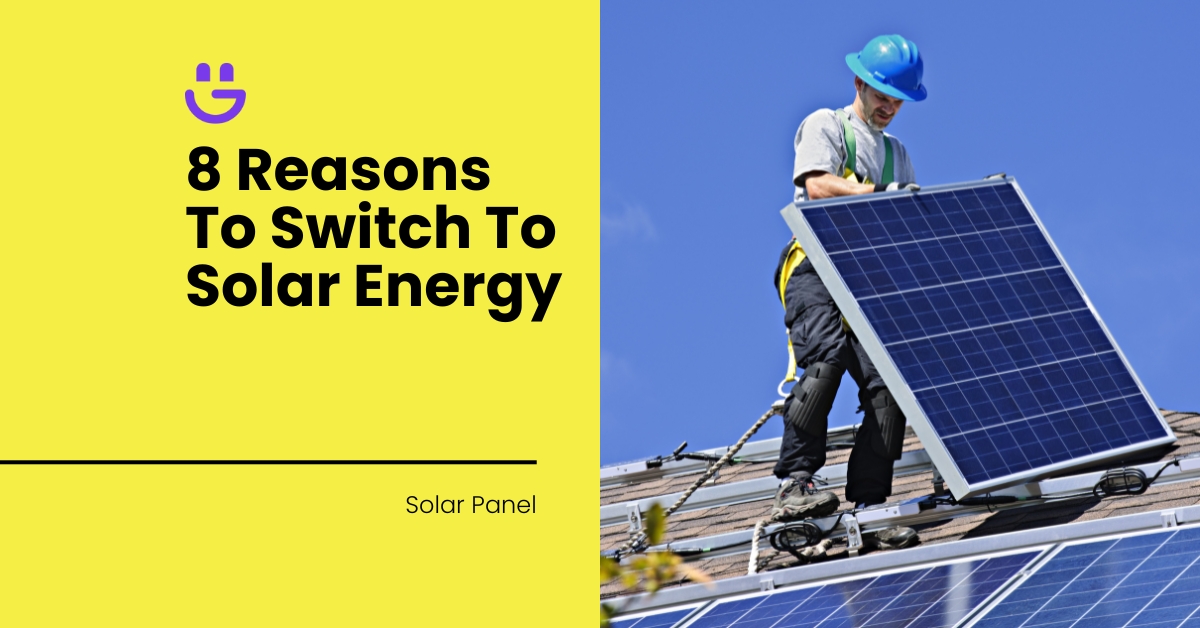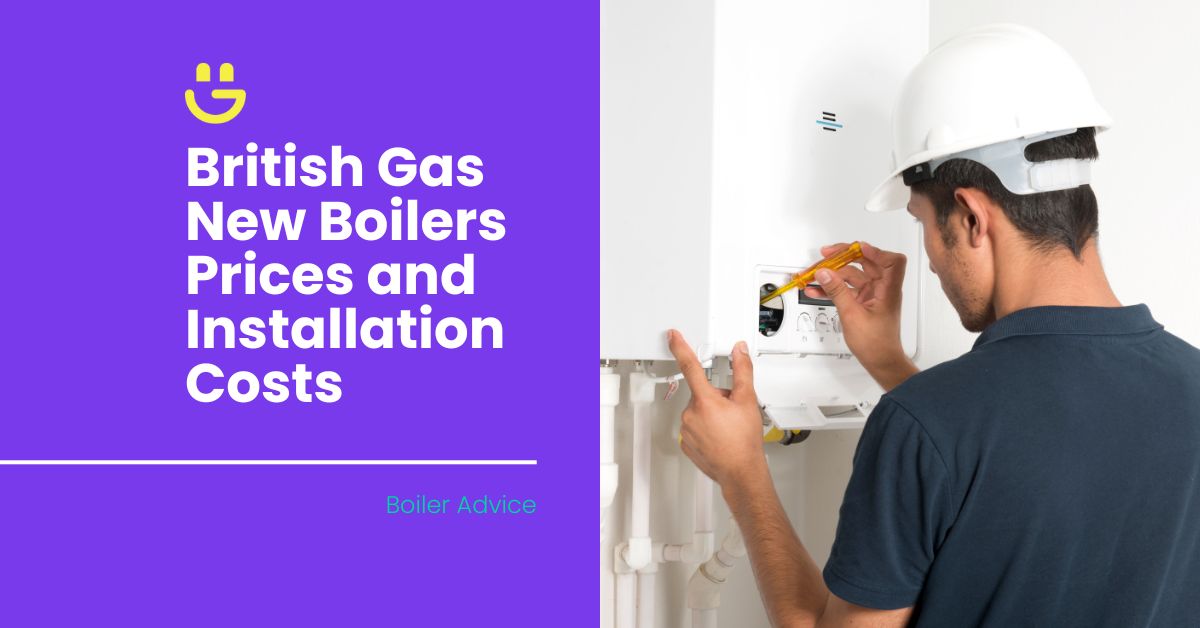Last Updated on July 29, 2024
The average number of solar panels needed for a 3,000W inverter is between nine and 14. This figure is influenced by several variables, including the efficiency of your entire solar setup and the power output of each panel.
Our practical guide will provide simple formulas you can use to assess your solar needs. It will help you make an informed decision when setting up a sustainable energy solution that balances efficiency and output.
Contents
How To Calculate How Many Solar Panels Are Needed For a 3,000-Watt Inverter
To calculate how many solar panels a 3,000W inverter requires, you use two simple formulas.
Calculation
Firstly, determine your total power requirement with this formula:
Inverter size / Efficiency = Total power required
From here you can calculate how many panels you need to achieve this:
Total power required / Power output of 1 x solar panel = Total panels needed
For example:
- Let’s say you have a 3,000W solar inverter and your total solar power system has an efficiency rating of 90%.
- The formula will look like this: 3,000W / 0.9 (90%) = 3,333W
- This means that for the inverter to supply a constant 3,000W to your home or business, you would need 3,333W from your solar panel array.
- From here, you can figure out the number of solar panels needed.
- Let’s say you opt for 250W panels. The formula will look like this: 3,333W / 250W = 13.332 panels
- This means you will need 14 x 250W panels for your setup to function effectively.
Now, let’s discuss what we mean by ‘system efficiency’.
System efficiency
System efficiency refers to how much direct current (DC) generated by solar energy systems is converted into usable alternating current (AC) by the inverter. Every component and process in your solar array causes energy loss as the current moves along the solar power setup.
For example, solar inverters have energy efficiencies of up to 93%. This means there will always be a standard energy loss of 7% as the current is converted.
The wiring, parts and the way your panels are installed on the solar array can cause further energy losses. On average, it can be up to 5% depending on the size, wiring and location of your setup.
For our example, we went with an average of 3% loss, which is added to the 7% loss that happens at the inverter, for a total energy loss of 10%.
Factors That Influence Solar Panel Output Efficiency
Many variables can affect how your solar panel efficiency. Let’s discuss these factors.
Type of cells
The silicone conductors used to make the solar cells in your panels affect their output efficiency. The efficiency value refers to how much of the sunlight that hits the panel gets converted into energy.
- Monocrystalline cells: These cells are made of very pure silicone from a single source. They can achieve efficiency ratings of 20% and higher
- Polycrystalline cells: These cells are made from different pieces of silicone melted together. They are slightly less efficient, with a rating of 15% to 20%.
- Thin film cells: Thin Film cells are the cheapest solar technology, made from a mixture of materials. They have efficiency ratings of 10% and higher.
Angle and orientation
In the UK, your solar installation should face in a southern direction. This will allow the panels to receive optimal daylight exposure to maximise their efficiency.
Additionally, the tilt angle of the solar panel should be set according to the latitude of the installation location.
The optimal tilt angle for UK solar systems is generally between 30° and 40°. This figure varies based on your geographical location and the environmental conditions.
Temperature
The temperature of the physical solar panel affects how much power it can generate. Solar panels are designed to work optimally at temperatures close to 25°. The hotter a solar panel becomes, the less efficient it is.
Fortunately, in the UK, with its milder average climate, it doesn’t get too hot for solar panels and they tend to run at optimal temperatures.
Average daylight hours
Your solar setup works best in direct sunlight. Annually, the UK receives an average of 4 hours of peak sunlight per day. In the south of the country, summer months can bring this average up to 6 hours per day. In the north, however, you can only expect up to 5 hours of peak sunlight during summer.
The more daylight hours in your area, the more power your solar array will generate. The less sunlight, the higher the number of solar panels you’ll need for optimal energy output.
Dirt and debris
The less solar panel surface is exposed to sunlight, the lower its power output. As mentioned, most solar panels convert between 10% and 20% of the sunlight that hits them.
Plant debris, bird droppings and wind-blown dust can reduce the system’s performance by limiting the solar cell’s exposure to light. Your system should receive annual maintenance and cleaning to ensure it operates at peak performance.
Professional solar instillation and design
Professionals, like us at Eco Happy, will help accurately determine the solar panels needed for a high-efficiency solar power system.
Professional installers can also help by advising on whether a solar charge controller is needed for your inverter size. They ensure your inverter operates with the correct power rating for your solar panels. Additionally, they can guide you on how many batteries may be needed to ensure your inverter operates at its best.
FAQ
What happens if you connect too many solar panels to an inverter?
Solar inverter capacity is limited by its input voltage. If your panels input more power than the inverter can handle, you will experience what is known as “clipping”. Excess power generated above the inverter’s output gets “clipped” or wasted.
Is 3 kW enough to power a house?
Yes, a solar panel system that produces 3 kW (3,000W) of electricity is usually enough to provide a stable power supply to a medium-sized house with three to four occupants.
Final Thoughts
Figuring out the number of panels you need to provide adequate power to your solar inverter is not so complex. However, you need to take a holistic look at your entire solar system setup to optimise its performance based on your needs and circumstances.
To get the most from your setup, you need an expert installation by trained professionals. The simplest way to do this is to get a solar installation quote from us, at Eco Happy. Contact us for the most efficient solutions, at the most reasonable price.





James Elston
Boiler Expert
James Elston is the top boiler replacement and heating expert at Eco Happy. He has over 20 years of experience in the industry, focusing on Gas Safe boiler installations and offering home-heating and energy-saving solutions to homeowners across the UK. From sourcing the most energy-efficient combi boiler to providing specialist heating advice, James ensures that Eco Happy maintains the highest standards and best customer service.